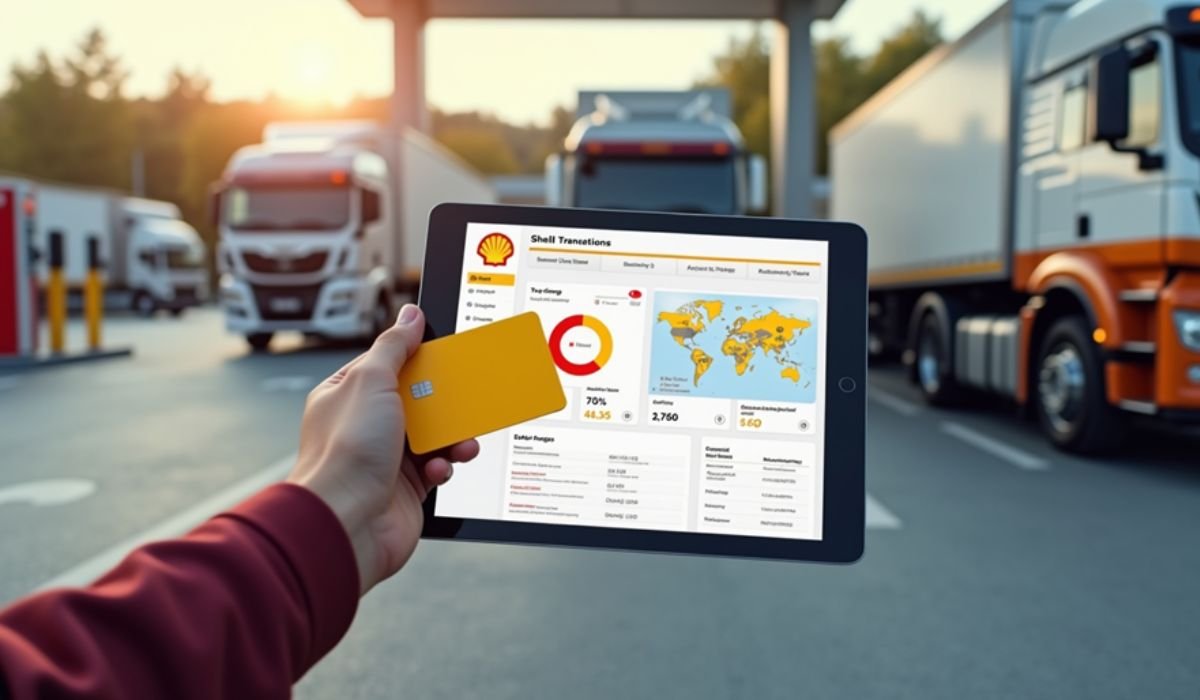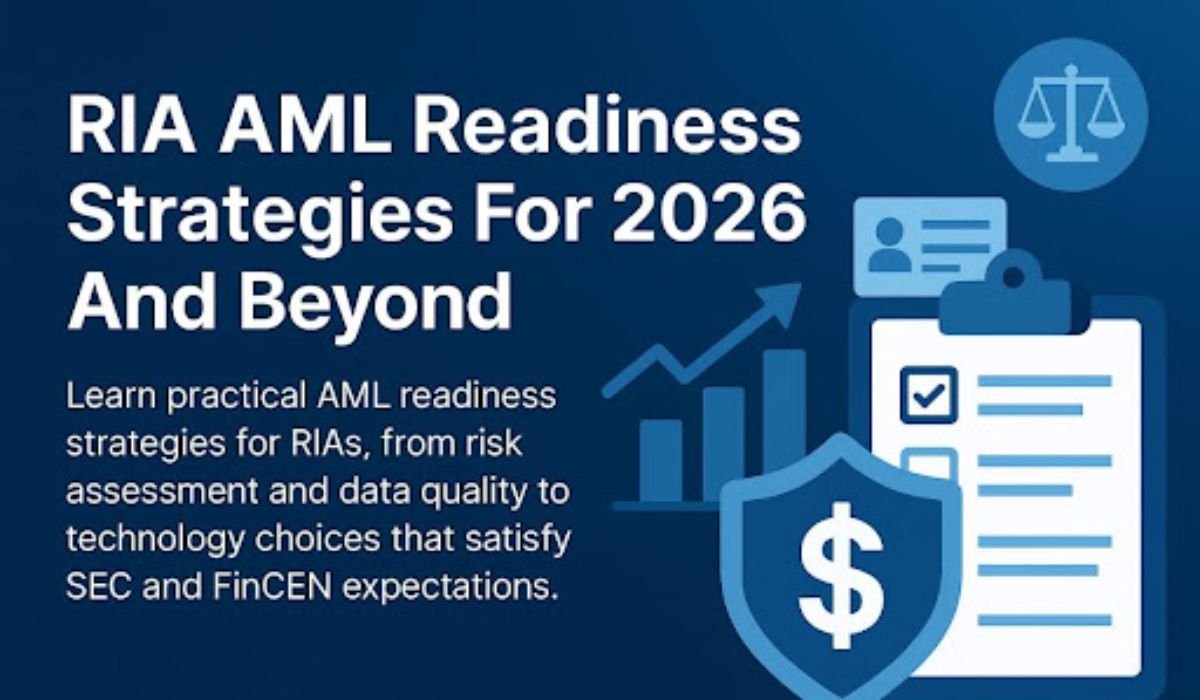Fleet fuel cards deliver immediate cost reductions for businesses operating multiple vehicles, with average savings ranging from 3-8 cents per gallon at participating stations. Companies can save money with a fleet fuel card with fuel discounts, streamlined expense tracking, and reduced administrative costs that typically account for 15-20% of total fleet operating expenses. Transportation companies, delivery services, construction firms, and field service organizations represent the primary users of fleet fuel cards, managing everything from two-vehicle operations to fleets exceeding 1,000 units.
How Fleet Fuel Cards Save Businesses Money
Fuel expenses constitute 24-38% of total fleet operating costs for most businesses, making fuel management critical for profitability. Fleet fuel cards address this challenge through three primary mechanisms: direct per-gallon discounts, elimination of receipt-based expense reporting, and real-time spending controls that prevent unauthorized purchases. Companies using fleet cards report average annual savings of $3,600 per vehicle when combining fuel discounts with reduced administrative overhead.
The financial impact extends beyond pump prices, as fleet cards provide detailed transaction data that enables strategic decision-making about route optimization, vehicle replacement timing, and driver behavior modification. Organizations implementing comprehensive fleet card programs typically see 12-18% reductions in overall fuel consumption within the first year through improved visibility and accountability.
Understanding Fleet Fuel Card Types and Programs
Fleet fuel cards fall into four distinct categories based on network coverage and vehicle types served. Universal cards like WEX provide access to 95% of U.S. fuel stations, offering maximum flexibility for mixed fleets operating across multiple regions. Brand-specific cards from providers like Shell or ExxonMobil deliver deeper discounts averaging 5-10 cents per gallon but limit fueling options to proprietary networks.
Regional fleet cards target local and state-level operations with enhanced discounts at independent stations, often providing 8-12 cent per gallon savings for businesses operating within defined geographic boundaries. Specialized trucking cards focus on diesel purchases at truck stops, incorporating features like DEF tracking, scale tickets, and lumper fee management that address industry-specific requirements.
Fuel Card Savings and Discount Structures
Fleet fuel cards generate savings through tiered discount programs based on monthly fuel volume and payment terms. Small fleets purchasing 1,000-5,000 gallons monthly typically receive 2-4 cents per gallon discounts, while high-volume operations exceeding 50,000 gallons can negotiate 6-10 cent reductions. Premium payment terms offering net-7 or immediate ACH settlement often unlock additional 1-2 cent discounts.
Rebate programs complement per-gallon discounts, returning 1-3% of total fuel spend quarterly based on aggregate purchase volumes. A 20-vehicle fleet averaging 15,000 monthly gallons at $3.50 per gallon saves approximately $900 monthly through combined discounts and rebates, totaling $10,800 annual fuel cost reduction before accounting for administrative savings.
Tracking and Management Benefits
Real-time tracking capabilities transform fuel management from reactive expense processing to proactive cost control. Fleet managers access dashboards displaying fuel consumption patterns, identifying vehicles consuming 15-20% more fuel than fleet averages due to maintenance issues or driving behaviors. This visibility enables targeted interventions that reduce overall fuel costs by addressing root causes rather than symptoms.
Automated reporting eliminates 4-6 hours weekly spent reconciling receipts and processing expense reports for every 10 vehicles in operation. Digital transaction records integrate directly with accounting systems, reducing data entry errors by 95% and accelerating month-end closing processes. Fleet cards capture odometer readings at each fueling, automatically calculating miles per gallon and flagging anomalies requiring investigation.
Security Features That Reduce Costs
Security protocols embedded in fleet fuel cards prevent unauthorized transactions that cost businesses an average of $1,200 per vehicle annually through fuel theft and misuse. PIN requirements, purchase limits, and restricted merchant categories ensure cards only purchase authorized fuel and maintenance items. Geographic restrictions prevent card use outside designated operating areas, while time-of-day controls block after-hours transactions.
Fraud detection algorithms identify suspicious patterns like multiple transactions within short timeframes or purchases exceeding vehicle tank capacity. Immediate alerts notify fleet managers of potential security breaches, enabling rapid card deactivation that limits losses to single transactions rather than extended theft periods common with traditional credit cards.
Optimizing Fleet Operations Through Card Data
Transaction data from fleet cards reveals operational inefficiencies costing businesses thousands annually in excess fuel consumption. Route analysis identifies drivers consistently refueling off-route, adding unnecessary miles and time to deliveries. Fuel grade monitoring ensures vehicles receive appropriate octane levels, preventing both overspending on premium fuel and engine damage from inadequate fuel quality.
Driver scorecards generated from fuel card data highlight behaviors impacting fuel efficiency, including excessive idling, aggressive acceleration, and speed violations. Companies implementing driver coaching programs based on fuel card insights report 8-12% improvements in fleet-wide fuel economy, translating to $2,400 annual savings per vehicle for units averaging 20,000 miles yearly.
Budget Control and Expense Management
Fuel cards provide unprecedented budget control through customizable spending limits applied at driver, vehicle, or department levels. Daily, weekly, or monthly purchase limits prevent budget overruns while transaction-level controls restrict gallon quantities or dollar amounts per fill-up. These controls reduce unauthorized spending by 85% compared to traditional expense reimbursement methods.
Consolidated billing streamlines expense allocation across departments or clients, eliminating manual cost distribution that consumes 2-3 hours per 100 transactions. Single invoices encompassing all fleet fuel purchases simplify accounts payable processing while providing detailed breakdowns for internal chargebacks or client billing purposes.
Network Access and Convenience Benefits
Extensive network coverage ensures drivers access discounted fuel without route deviations that increase operational costs. Major fleet card providers maintain relationships with 45,000-95,000 locations nationwide, including truck stops, convenience stores, and traditional fuel stations. Mobile apps guide drivers to nearest in-network locations, displaying current prices and available amenities.
Universal acceptance eliminates reimbursement complexities when drivers fuel outside primary operating areas. Emergency roadside assistance, included with many fleet cards, reduces towing costs and minimizes vehicle downtime that averages $448 per breakdown incident. Maintenance networks accessible through fleet cards offer 10-15% discounts on parts and labor at thousands of service locations.
Implementation Strategies for Maximum Efficiency
Successful fleet card implementation requires systematic rollout addressing technology, training, and policy components. Initial setup involves establishing account hierarchies, setting spending controls, and configuring reporting parameters aligned with existing financial processes. Driver education programs ensure proper card usage while explaining how fuel savings benefit both company profitability and potential driver incentives.
Policy documentation outlining acceptable use, security procedures, and violation consequences reduces misuse incidents by 75% compared to informal guidelines. Regular audits of fuel card transactions identify optimization opportunities, from adjusting purchase limits to renegotiating discount tiers based on actual consumption patterns. Quarterly business reviews with fuel card providers ensure programs evolve alongside operational changes, maintaining maximum savings potential as fleets grow or routes shift.
YOU MAY ALSO LIKE: Where Can You Use a Gas Credit Card?











